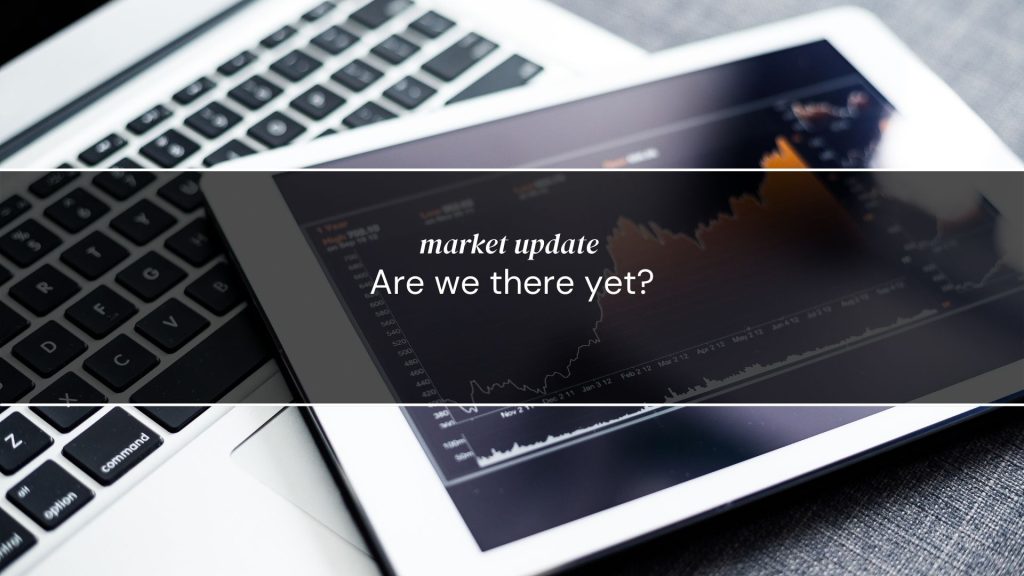Market Update: Are we there yet? Posted on August 29, 2022

Article by Robert M. Almeida, Jr.
Portfolio Manager and
Global Investment Strategist
MFS
In brief
- Market rallies are an event, while market bottoms are a process.
- A bottom requires a level of capitulation we’ve not yet seen.
When the S&P 500 Index bounced more than 12% from mid-June until the end of July, investors
started asking whether the market had bottomed. While that’s impossible to answer without
hindsight, here are a couple of historical observations to provide some perspective.
- A market rally is an event, almost like a party. Once the momentum gets going, everyone wants to be there. Late arrivals don’t know what they’re celebrating, they just know that it’s the place to be and consequences are an afterthought.
- Market bottoms are more of a process than an event, and like hangovers, they take time to recover from and are often tinged with regret. A bottoming process weeds out the overleveraged and those who have stayed at the party too long. The aftermath of the bursting of the dot-com bubble from 2000 to 2002 and the fallout from the global financial crisis in 2008 and 2009 are good examples.
While holdings data suggest institutions (mutual funds, hedge funds, pension plans, etc.) materially de-risked their books in 2021 and have done the same in 2022, equities held by US households remain near all-time highs, according to the US Federal Reserve. Historically, bottoming processes are cleansing mechanisms. During the cleansing process, everyone feels the pain, but I wonder whether we’ve felt enough yet.
Too imbalanced
Economic cycles tend to end when imbalances become too big and are then sharply corrected.
In the late 1990s, the excesses were in technology hardware. We built too many personal
computers and routers, laid too many fiber optic cables and so on, fueling the Internet boom. At
the turn of the century, that overbuild was painfully corrected in the broad economy, in general,
and in technology and Internet stocks, in particular. A few years later, a new bubble emerged in
the form of too much credit being extended to US consumers, particularly mortgage borrowers,
which of course led to gross excesses in residential real estate and banking, the correction of
which spawned the global financial crisis.
Historically, there has been a consistent pattern of recurring economic and market imbalances. But sometimes they aren’t easily detected by the lay observer because they aren’t centered around a particular industry, such as technology or housing.
From the end of the GFC until the outbreak of the pandemic in early 2020, too much credit (both public and private) was supplied to nonbank corporations. However, that capital was not used to increase the production of goods or services, as evidenced by the anemic growth of the 2010s, the weakest decade of growth in 150 years. Rather than using capital to enhance organic revenue and profit growth, businesses financed higher dividend payouts, share repurchases and acquisitions to generate inorganic growth across all sectors, excluding financials. This explains why the 2010s produced outsized profits but saw a feeble economic expansion and a historic gap in wealth between the owners of capital and labor. The excess of this last business cycle was corporate leverage and profits.
In February 2020, credit availability evaporated. Companies were undercapitalized. An economic and market rebalancing began, only to be short-circuited by policymakers. As a result, more corporate debt was created and profits reaccelerated at the fastest pace on record.
Is a bottoming process underway?
Until the excesses of too much financial leverage, underinvestment in production and overheated profits described above are corrected, I’m skeptical about whether a durable recovery can take hold. I’m not an economist, but it doesn’t take one to know that pandemic-era stimulus didn’t replenish depleted capital stock or lead to investment in productive assets, which would have set the stage for sustainable economic growth. Instead of investing in plant and equipment or research and development, the government issued previously unimaginable quantities of debt so that consumers could buy more goods than the economy could produce. The result? Inflation running at 9%.*
In my view, as growth continues to fade, so too will corporate revenues. Companies have fixed costs that need to be covered by revenues, and those costs are now structurally higher than before thanks to the rising cost of labor, interest on debt and environmental, social and governance (ESG) compliance, leading to what we think will be lower profit margins and an adjustment in asset prices to reflect this long overdue reality.
When will we know?
Historically, markets have tended to bottom when investors give up (stop caring, vow never to invest again and no longer ask, “Is this the bottom?”). I’ve lived through that twice and I don’t think we’re there yet. But when investors stop asking whether we are, we will be.
The S&P 500 Stock Index measures the broad US stock market.
“Standard & Poor’s®” and S&P “S&P®” are registered trademarks of Standard & Poor’s Financial Services LLC (“S&P”) and Dow Jones is a registered trademark of Dow Jones Trademark Holdings LLC (“Dow Jones”) and have been licensed for use by S&P Dow Jones Indices LLC and sublicensed for certain purposes by MFS. The S&P 500® is a product of S&P Dow Jones Indices LLC and has been licensed for use by MFS. MFS’s Products are not sponsored, endorsed, sold or promoted by S&P Dow Jones Indices LLC, Dow Jones, S&P, or their respective affiliates, and neither S&P Dow Jones Indices LLC, Dow Jones, S&P, their respective affiliates make any representation regarding the advisability of investing in such products.
The views expressed are those of the author(s) and are subject to change at any time. These views are for informational purposes only and should not be relied upon as a recommendation to purchase any security or as a solicitation or investment advice. No forecasts can be guaranteed.





